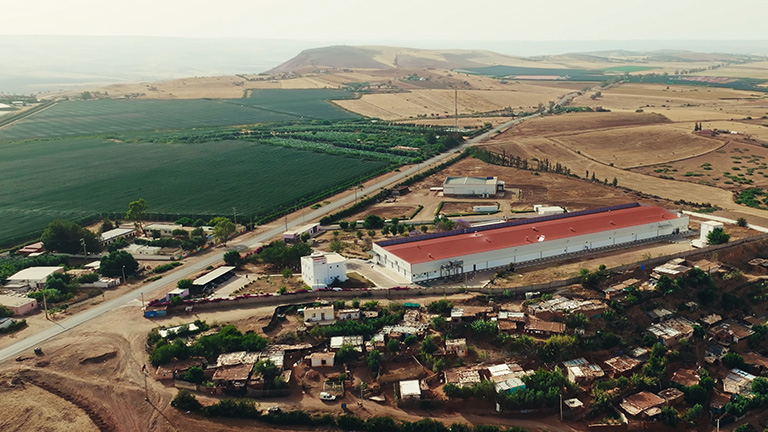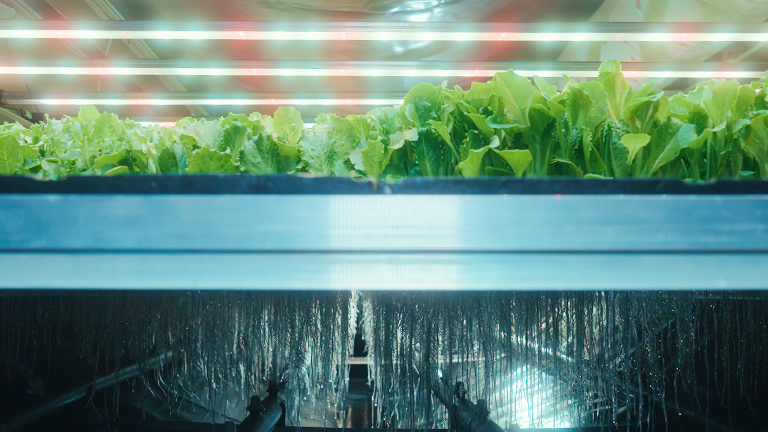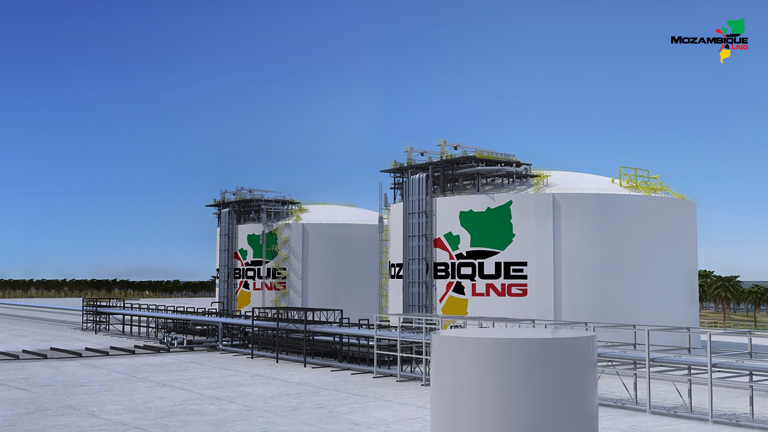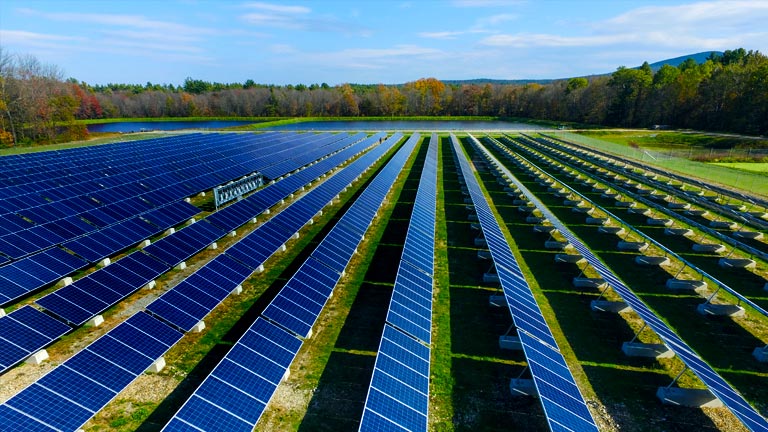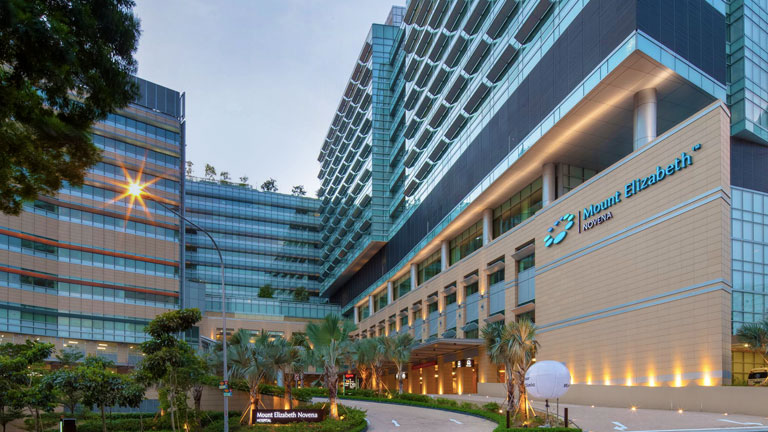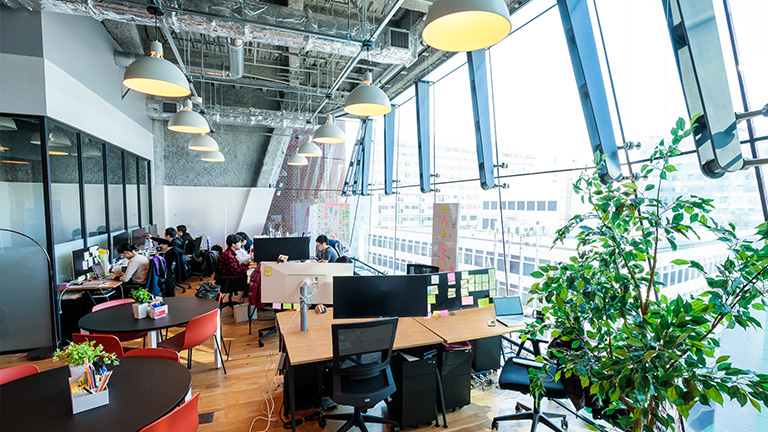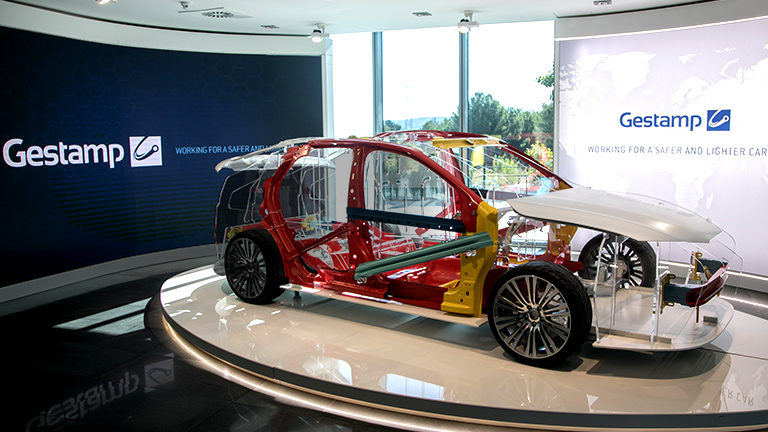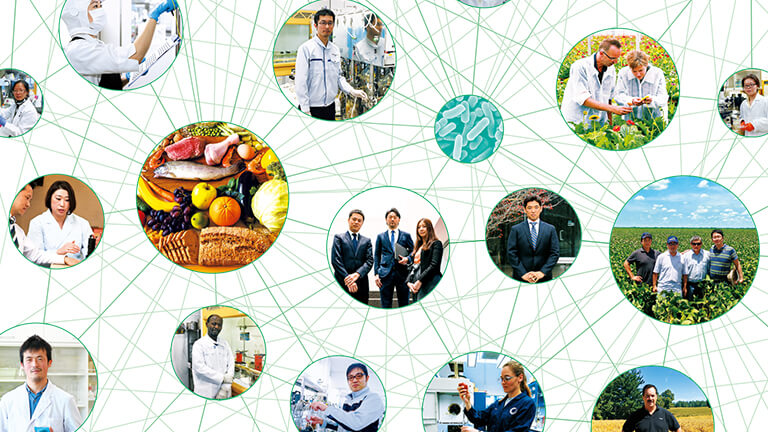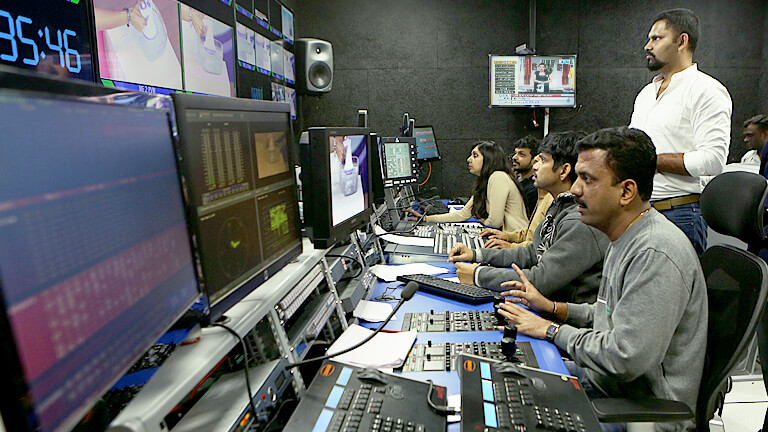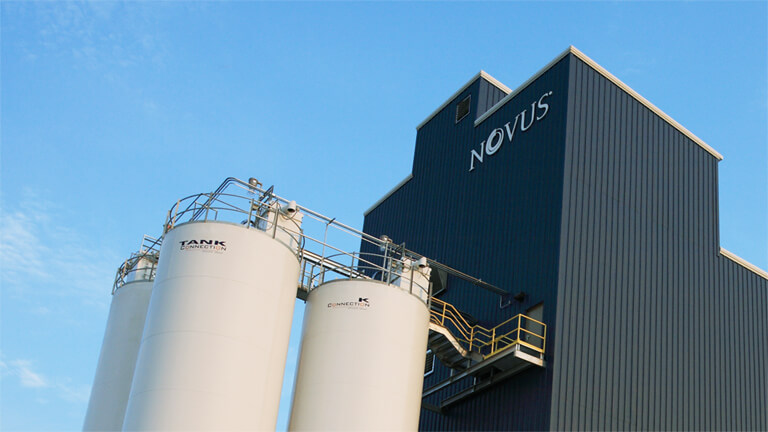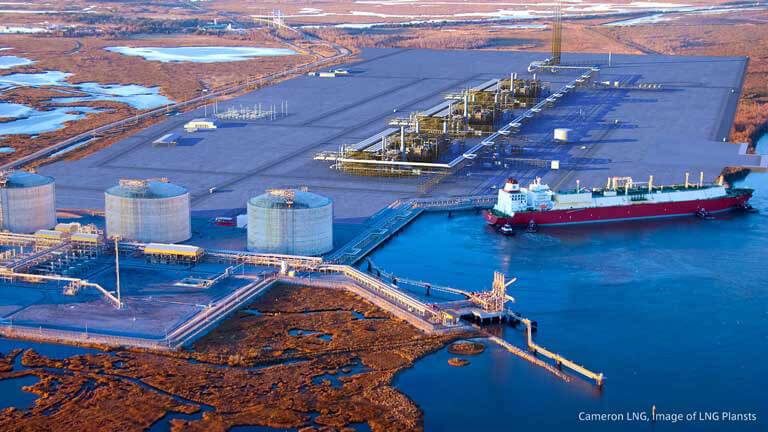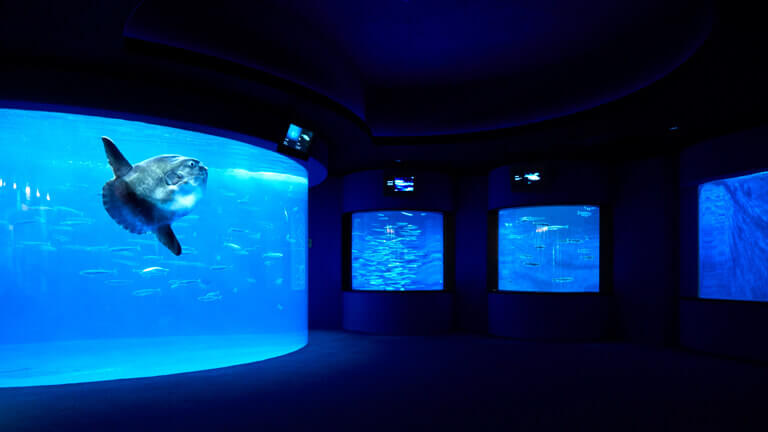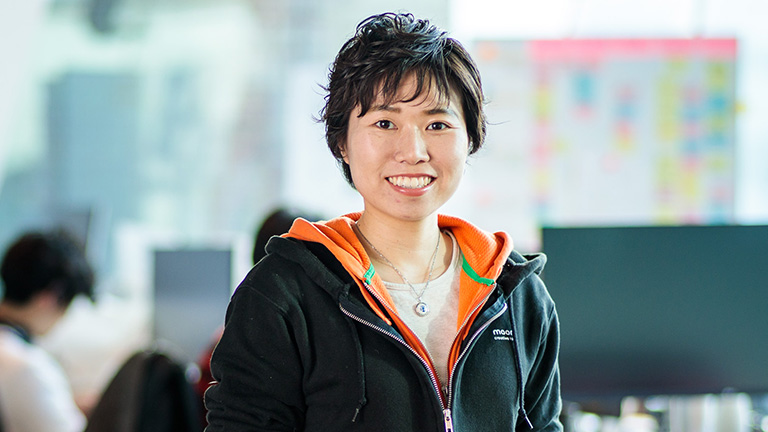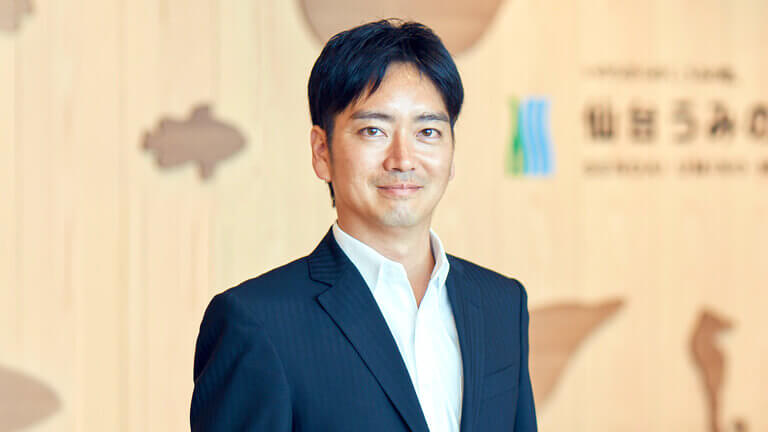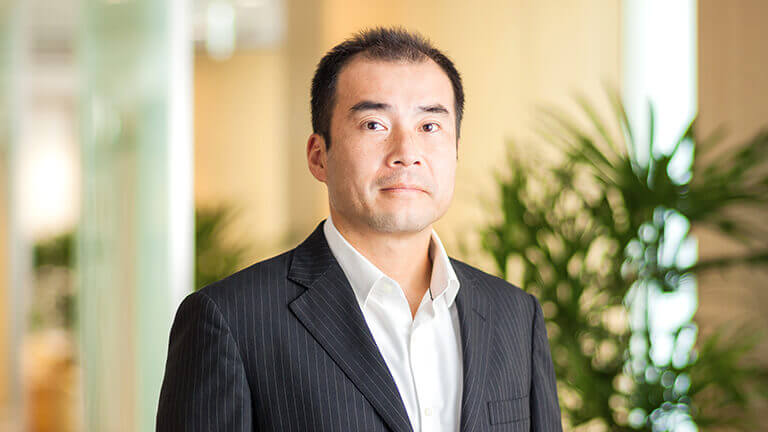
Business Innovation
Protein for the people
In contrast to pork and beef, people of all cultures and religions are happy to eat chicken. Mitsui’s investment in Zalar, Morocco’s leading poultry-meat group, not only addresses soaring demand for animal protein in North Africa and the Middle East, it’s also part of a long-term strategy to build a globe-spanning animal-protein value chain.

In 2020, the worldwide chicken population stood at more than 33 billion birds. Chickens, in other words, outnumber humans by more than four to one! And that ratio is only set to rise in the years ahead: with chicken consumption increasing at 2.3% annually—more than twice as fast as beef or pork—poultry meat is expected to account for a whopping 43% of protein from all meat sources by 2033.
There’s a mix of economic and cultural factors powering chicken’s irresistible rise. On the economic side, the most significant driver is the low price of chicken meat, the result of an outstanding (FCR). Eating small quantities of inexpensive feed over their short lifespans, chickens are far more efficient than other animals—particularly beef cattle—at converting feed inputs to bodyweight. On the cultural side, chicken’s popularity is explained by its universal acceptability. While the world’s 1.2 billion Hindus do not eat beef and its 1.9 billion Muslims do not eat pork, chicken is the subject of no such taboos, giving it truly global appeal.
But there’s another “x factor” working to supercharge global chicken consumption: economic development. As countries grow richer, they move up a dietary ladder, progressing from the “survival” stage of consumption, where calories come largely from starchy grains like wheat, corn or rice, to the “desire” stage, where animal protein, sugar and fats play a far greater role. This switchover takes place when countries make the leap from low-income to lower-middle income status, or when their annual GDP per capita breaks into the US$2,500–US$10,000 bracket.
You’ve seen all the raw data. Now are you ready to hazard a guess as to where the world’s most up-and-coming markets for poultry meat are located? Hint: we’re looking for high-population regions that combine a cultural preference for chicken with per capita GDP hovering around the $2,500 watershed. Mitsui came up with a two-pronged answer to this question, seeing Southwest Asia, with predominantly Hindu India (US$2,484) and Muslim Bangladesh (US$2,529), and North Africa and the Middle East, with countries like Egypt and Morocco (US$3,513 and $3,672, respectively), as ticking all the boxes.
The call of Morocco
The first step Mitsui took to address this potentially vast market was a modest investment in Zalar, Morocco’s only integrated poultry-meat producer, in 2018. Established half a century ago, Zalar has grown into one of Morocco’s largest agribusiness players under the stewardship of the Chaouni family. With over 3,000 employees, Zalar enjoys leading domestic market share in six business segments: grain trading, animal feed, hatchery, broiler [chickens bred for meat production], slaughtering and meat processing.
Around a decade ago, Zalar launched a systematic program of mergers and acquisitions to consolidate its position along the entire poultry-meat value chain. The program has been a success in part because of the group’s shrewd choice of international partners. In 2013, International Finance Corporation (IFC), a World Bank Group subsidiary, became a major shareholder, a relationship that made it easier for Zalar to issue the bonds needed to fund its expansion and helped make it the first ever Moroccan private company to be rated by an international rating agency. (Mitsui acquired the majority of IFC’s stake in 2021.)
Zalar’s commitment to global best practice and international expansion took a further step forward in 2015, when Seaboard Corporation, a Kansas-based Fortune 500 conglomerate with interests in agribusiness and maritime transport, joined the company’s investor pool. The Senegalese joint venture the two companies established in 2018, produces a comprehensive range of livestock feed and is a major importer of flour for human consumption—while also representing a bridgehead for further strategic expansion into West Africa.
Continuous improvement: A very Japanese philosophy
As Zalar’s newest international partner, how is Mitsui working to contribute to the group’s growth? In a very Japanese way is the answer, through a program of long-term continuous improvement (kaizen in Japanese). The very first thing Mitsui did after its initial 2018 investment was to establish the KAIZEN Project. The goal was to improve productivity and quality by bringing into Zalar technology and expertise from the companies in Mitsui’s existing, largely Japan-based protein value chain.
First, let’s take a quick look at the constituents of Mitsui’s protein value chain. At the upstream end, Mitsui is an investor in Hendrix Genetics B.V., a Netherlands-based multi-species animal breeding, genetics and technology company. Mitsui also owns around one-quarter of Feed One, a leading Japanese animal feed company. Moving downstream, Mitsui subsidiary Prifoods is one of eastern Japan’s largest broiler integrators, while Mitsui affiliate Starzen is a meat processor with a major presence in export markets.
Over the last six years, knowledge-sharing between these Mitsui companies and Zalar has indeed delivered the improvements inherent in the KAIZEN Project’s name. Here are a couple of examples: First, Prifoods has been sharing its know-how on breeding parent birds, the chickens which produce the fertilized eggs which become broilers. The overarching goal with parent birds is to achieve a uniform bodyweight to maximize the number of eggs that hens will produce over their lifespan. Adjustments Prifoods proposed to parameters like grading (separating birds by size) and feed allowances have resulted in egg output rising by a whopping one-third since 2018.
Ready-to-eat frozen Japanese Fried Chicken (kara-age in Japanese), a new product which was launched under Zalar’s Dindy brand in September 2024 after two years R&D is the second major positive outcome of the KAIZEN Project. The product represents a neat solution to two challenges: How to cater to increasing demand for tasty, ready-to-eat dishes in a market which currently imports most of its frozen food from abroad, and how to come up with differentiated, high value-added products that enable Zalar to steer clear of destructive price competition and commoditization.
Once again, Prifoods stepped in to share its expertise, this time in the making of ready-to-eat frozen fried chicken. The resulting product not only has a great taste and texture, it has a highly distinctive and eye-catching look that plays up its overseas origins, coming in a striking black package complete with a picture of Mt. Fuji, a rippling Japanese flag and kanji characters. In a targeted appeal to the Moroccan palate, one of the two flavors on sale is spiced up with cumin and chili pepper.
Within Morocco, multiple structural tailwinds support Zalar’s growth outlook. Despite average per capita consumption of poultry meat having risen over 11% in the decade from 2010 to 2020, the current annual figure of 20 kilograms per person still remains low by international standards. (In the United States, for example, the equivalent figure is 58 kilograms!) At the same time, as Morocco grows richer, the logistics of poultry retail look set to evolve away from the small butchers with live birds in cages (who currently account for 90% of sales) to supermarkets purveying Zalar’s specialty: hygienic, industrially produced meat.
Longer term, however, the goals of the KAIZEN Project extend well beyond the borders of Morocco. Mitsui hopes to work with Zalar to leverage the country’s many advantages, including free trade agreements and its strategic proximity to the Middle East, West Africa and Europe, to create a food-processing and export hub serving the entire region.
Building a global protein value chain

As a global company, Mitsui necessarily thinks in global terms, meaning that the collaboration with Zalar is inevitably part of an even bigger, truly world-spanning picture. Having identified protein as one of four key business domains, Mitsui’s Food Business Unit has recently started actively assembling a “protein business cluster” around poultry and aquaculture. (Seafood in the form of shrimp and salmon is the second-fastest-growing source of animal protein after chicken.) In the poultry space, Mitsui followed its 2018 investment in Zalar with the acquisition of a stake in Egypt’s Wadi Poultry in 2023 and a stake in Sneha Farms, one of India’s leading broiler producers, in 2024. Meanwhile, in the seafood area, Mitsui acquired a 31% stake in the world’s biggest shrimp processor, Minh Phu of Vietnam, in 2019, and a 20% stake in the world’s largest shrimp-farming company, Ecuador’s Industrial Pesquera Santa Priscila, in 2024.

Building a presence along the whole length of the value chain across multiple geographies in this way not only enables Mitsui to keep innovating and adding value through the international transfer of know-how and technology, it also aligns with the Food Business Unit’s most fundamental mission: to provide a stable supply of safe, sustainable food supply to people all around the world. With some researchers predicting that human population growth could lead to serious distortion of the animal protein supply-demand equation by the year 2050, addressing the world’s protein needs is not just good business for Mitsui, it’s a matter of survival for the human race.
Unless otherwise stated, all statistics come from the following sources: World Bank (per capita GDP), World Population Review (populations of different groups) and FAO (agricultural data).
Posted in Feb 2025

